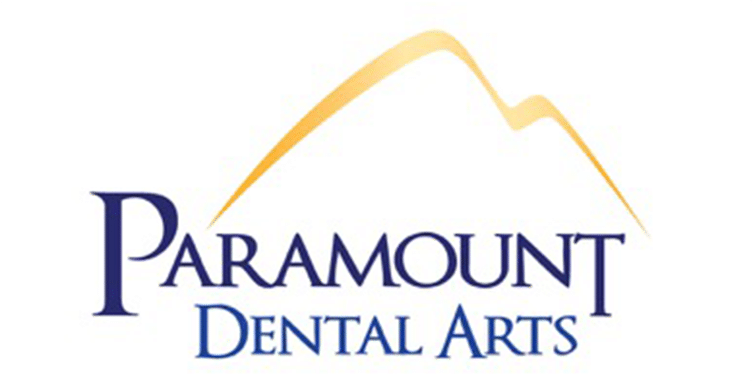Oral cancer is a specific type of cancer that occurs in the mouth or throat. It typically appears as a sore in the mouth that doesn’t heal or go away or an unusual growth on the soft tissue of the mouth. Oral cancer can be life threatening, but with early detection it has a 84% survival rate. This is why many dental practices include an oral cancer screening as part of routine preventative care.
Symptoms of Oral Cancer
There are a variety of symptoms that may indicate that oral cancer is present, such as:
- Bumps or lumps in the soft tissues of the mouth, such as the inside of the cheeks, lips, gums, or any other area inside the mouth.
- Swelling of the soft tissues of the mouth or in the jaw, throat, or neck.
- Rough spots, crusted areas, or eroding of the soft tissues of the mouth.
- Patches of red, white, or speckled tissue in the mouth.
- Unexplained bleeding in the mouth.
- Sores inside the mouth that bleed or don’t heal.
- Numbness of any area inside your mouth or your neck.
- Pain or soreness in the mouth, jaw, or throat.
- Persistent sore throat or hoarse voice.
- Unexplained dramatic weight loss.
If you have any of these symptoms, contact your dentist to schedule an evaluation.
Risk Factors for Oral Cancer
Anyone can get oral cancer, but your chances of developing it are greater in certain cases. The following people are at a higher risk:
- Men. According to statistics, men are twice as likely to develop oral cancer.
- Smokers. If you smoke you are 6 times more likely to develop oral cancer than someone who does not smoke.
- Tobacco users. Using chewing tobacco, dip, snuff, or other tobacco products makes you 50 times more likely to develop oral cancer.
- People who drink alcohol. If you drink alcohol regularly you are 6 times more likely to develop oral cancer. Combining alcohol and tobacco use further increases your risk.
- People who have had a lot of sun exposure. Sun exposure to the face and lips can increase your risk of developing oral cancer.
- People with a genetic history of oral cancer. If oral cancer runs in your biological family you are at a higher risk.
- People who have been exposed to HPV (human papillomavirus). This common virus that is contracted through sexual intercourse has been shown to increase the chances of develping oral cancer.
- People over 55. Most oral cancer cases occur in adults age 55 or older.
- Poor diet. Lack of fruits and vegetables in your diet may increase your risk of developing oral cancer.
Oral Cancer Screenings at the Dentist
Early detection improves the rate of survival, which is why dentists perform oral cancer screenings at regular dental appointments. Having an oral cancer screening every 6 months increases the chances of early detection. If the dentist has any reason to suspect that oral cancer could be present, a simple test can be conducted to determine whether or not there is a cause for concern.
Self Screening at Home
In addition to oral cancer screenings at the dentist, you should conduct your own monthly screenings. Using a flashlight or bright light, carefully examine your mouth including the inside of your cheeks and lips, your tongue, your gums, and the roof of your mouth. Also look into the back of your throat. Look for any unusual bumps or spots like the above listed symptoms. Feel your neck and jaw for any lumps or pain. If anything seems suspicious, schedule an evaluation with your dentist.
Paramount Dental Arts Provides Oral Cancer Screenings at Each Visit
At Paramount Dental Arts we provide a holistic approach to dental care, meaning we want to support your overall health and wellness beyond just your dental health. That philosophy is why we provide thorough oral cancer screenings for every patient at every dental appointment. Early detection could save your life, so be sure to see us every 6 months and do your own exam every month.
Call 973-777-1772 today to schedule or request an appointment.

